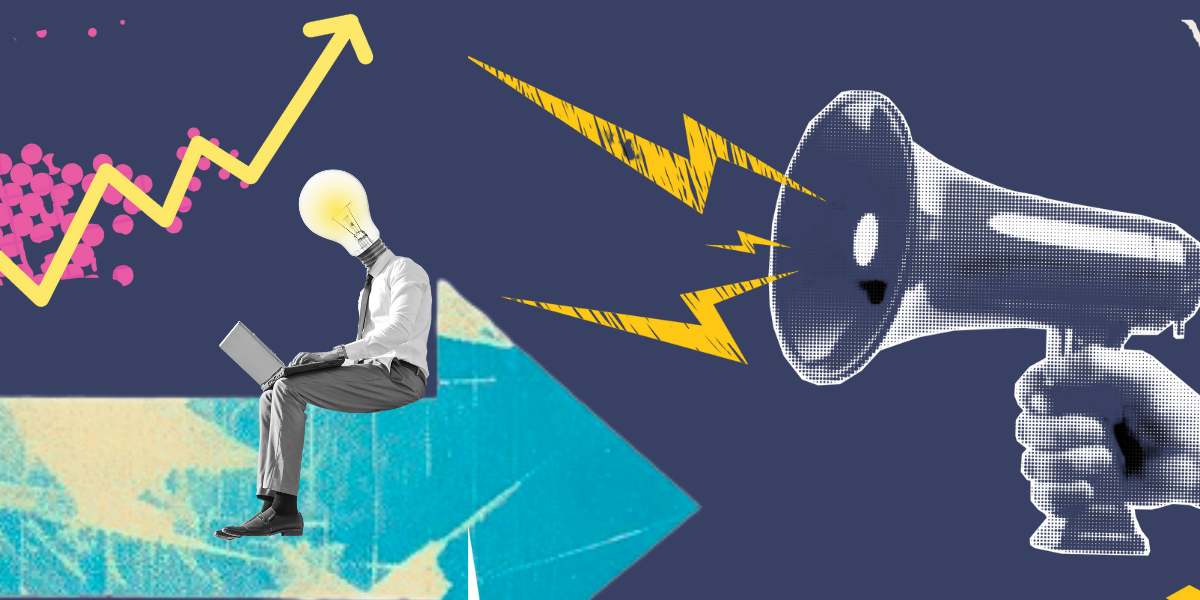What is sales velocity and how do you improve it?

Measuring your sales velocity can be the first step in a journey to optimising your sales process and increasing the amount of revenue your organisation brings in.
In 1997, Andy Green broke the land speed record by driving at 1227 km/h. One hundred years earlier, Lydston Hornsted had held the record at 199.70 km/h.
One thousand kilometres an hour was added to the record. One hundred years of mechanical, technological and scientific advances led to that astonishing increase.
You can draw parallels to optimising your sales velocity: there isn’t one big secret to a faster car, just as there isn’t to a faster sales velocity. The key is to break it all down into component parts, so you can make marginal gains on each.
So this post will outline how to measure sales velocity, and how to optimise the different parts of it.
Sales velocity definition
Sales velocity (sometimes called funnel velocity) is a sales pipeline metric that measures how quickly your business is generating new revenue. By tracking the different factors that effect the rate at which new revenue is earned, businesses are able to make improvements to specific areas.
Sales pipeline and sale funnel
Although measuring sales velocity is primarily concerned with how quickly a prospect makes it through the sales pipeline, the calculation includes the number of leads generated: e.g. the number of prospects who have made it through the sales funnel.
If you want to know more on these, read our guide to the difference between the sales pipeline and the sales funnel.
Sales velocity formula
This might feel like a trip back to school. Pressure equals force over area, and all that.
But ther’s no way to avoid it, you’re going to need the sales velocity equation. And a calculator, if you’re like me. But look, I added little icons to make it more fun and visual. What a joy.
So your funnel velocity is calculated by multiplying the number of opportunities you generate by the average size of a deal and the conversion rate of lead into a deal. Then you divide the result of that by the length of your sales pipeline.
Each of these metrics can be calculated in any unit (eg days, weeks or months), so long as you stick with the same unit as you monitor changes in velocity over time.
Why you should track sales velocity
You might just like to keep an eye on how fast you are making money (or making money for the man). For most, there are two reasons that calculating and tracking sales velocity is a good idea.
First, it can act as an early warning system. As the number drops, it flags potential issues in the business. Perhaps too many discounts are being offered by sales managers to get deals over the line. If lead generation takes a dip, you need to check in with marketing.
Conversion rates and length of your sales cycle can both be impacted by marketing and sales, so the departments will need to work together to improve these.
Second, it can help you to improve efficiencies in the sales pipeline. Are you focusing too much on increasing lead volume and cloggin up your pipeline? Tracking funnel velocity will help to monitor sales metrics more holistically.
Sales velocity variables
Let’s break down the different elements that affect sales velocity, and therefore represented in the formula above. Understanding each one and how it contributes to sales velocity can help you optimise your sales pipeline to ultimately improve revenue.
Number of opportunities
This is the number of leads coming into your funnel at the top. We’re counting qualified leads though, not every single bit of interest shown. You can break down sales velocity and assess it in detail, so here you would look at opportunities by sales agent, industry, or region.
Average deal size
A simple one for some companies. The average monetary value of a sale, whether that’s dollars, pound sterling, euros, or yen. For subscription-based products or services, you should look at customer lifetime value.
Conversion rate
What’s your average conversion rate, or close rate, for those leads that come in at the top of the funnel? Again, you can break this down by sales reps, products, and other variables to compare internally.
Sales pipeline length
How long does it take a customer to make it through the sales pipeline, and for you to turn a lead into a sale? Depending on your vertical, that can be days, weeks, months, or even years.
How to improve your sales velocity
Once you’ve calculated sales velocity, what do you do with it? It doesn’t mean much in isolation, it’s not like you’re going to frame it and hang it on the office wall.
The key is to use it as a benchmarking metric, work on improving the sales process, and therefore increase sales velocity over time.
Increase the number of sales opportunities
Getting more leads into the funnel: the concern of every marketing department across the land.
You can bring in external lead generation companies, or you can work out ways to improve internal efforts.
One obvious place to start is analysing channel ROI, and increase spend in the highest performing channels. I know, it doesn’t sound like a revolutionary idea, but you’d be surprised how often this is voerlooked.
Luckily for us, email lead generation is regularly shown to be one of the highest drivers of ROI. And one of the advantages of email prospecting is the ability to scale efforts up and down as required.
Increase your average deal size
You have a few options for increasing your average deal size. Raising prices is the nuclear option, but carries with it potential pitfalls (will more customers churn? Does it make it harder to close deals?).
Instead, increasing the length of contracts, having contract tiers that give a different level of service, or up-selling add ons are all ways you can bump up the value of sales, hopefully without affecting the number of deals making it through the pipeline.
Increase your conversion rate
Increaseing the number of deals you close: easier said than done. It’s obviously the focus of every sales department and everyone in them.
There are multiple ways to approach this. You’ll no doubt already be monitoring the results of each sales reps and implementing a programme to help each one.
But you can also look beyond the end point of win rates. There are elements across the entrie funnel that can be improved: measuring and improving the quality of leads that come into the funnel, nurtring leads once they are in the funnel, and developing a paybook to overcome objections.
You can develop a sales enablement strategy, follow some sales call tips, and change tactics when selling remotely.
Sales pipeline length
If you can shorten the average sales cycle, you can increase the number of of leads making it through.
You want to break down your sales process and examine if you can improve any part of it. There may be bottlenecks slowing things down.
We’ve previously covered 11 ways you can optimise your sales pipline, so head there for more detail on this.
Sopro is an award-winning email prospecting service. Our advanced tech, clever people and finely tuned processes help businesses sell more. Get in touch today to find out how we can improve your sales velocity by driving more quality leads into your pipeline.







Share